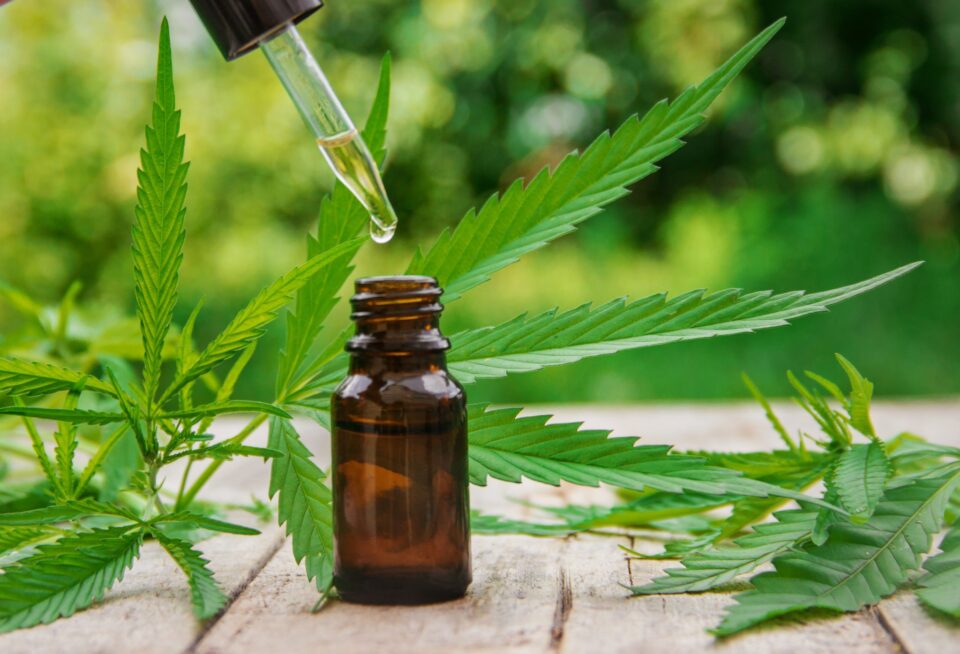Cannabidiol (CBD) and Tetrahydrocannabinol (THC) are potent and multifaceted chemical compounds inherently found within the cannabis plant. Both have spurred significant intrigue due to their myriad of health and therapeutic benefits, but it’s CBD tinctures that have recently seized the spotlight in the wellness landscape. The burgeoning popularity of these tinctures stems from their perceived therapeutic advantages, coupled with their versatility in application.
As more consumers embark on their journey to incorporate cannabidiol tinctures into their wellness regimen, having comprehensive knowledge about the existence and implications of tetrahydrocannabinol in these tinctures is vital. This exploration seeks not just to shine a light on the profound intricacies of THC in CBD tinctures, but to also empower consumers with essential insights, allowing them to make well-informed, conscious decisions based on their individual health needs and lifestyle preferences.
What is CBD?
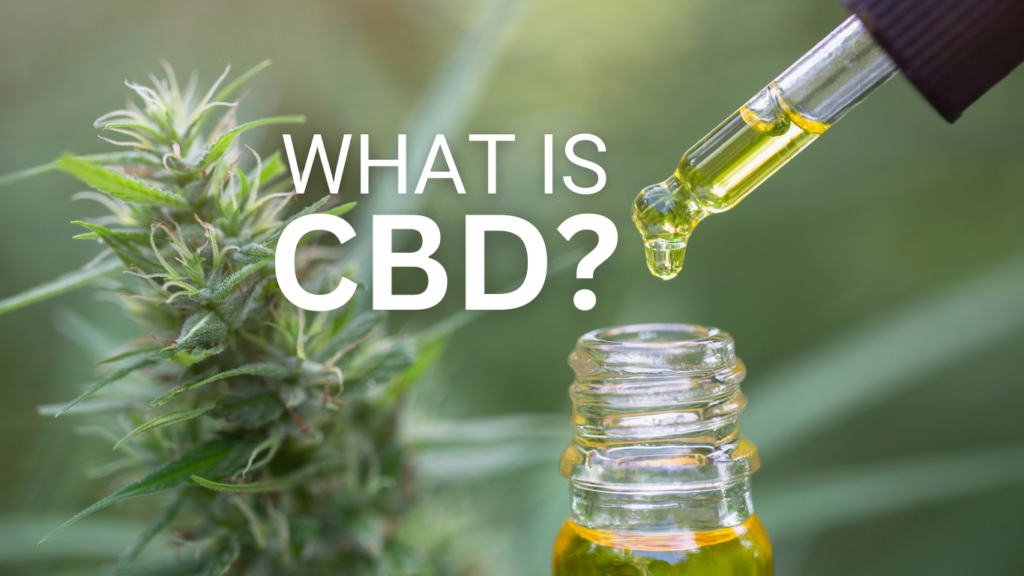
Cannabidiol, or CBD, is one of the many phytocannabinoids found abundantly in cannabis plants. Its rise to fame in the wellness industry is largely attributed to its non-psychoactive nature, allowing users to reap its benefits without experiencing the euphoric ‘high’ synonymous with marijuana usage. Cannabidiol is lauded for its myriad of potential health benefits, such as its ability to alleviate symptoms of anxiety, depression, inflammation, and chronic pain, making it a sought-after alternative to traditional pharmaceutical interventions.
With an increasing body of research supporting its therapeutic potential, CBD continues to garner interest, promising a holistic approach to health and well-being. The widespread embrace of cannabidiol underscores the importance of having comprehensive knowledge about it, enabling consumers to discern quality and make decisions that align seamlessly with their health objectives and personal predilections.
What is THC?
In contrast, Tetrahydrocannabinol, or THC, is the primary psychoactive component in cannabis, responsible for inducing the euphoric and altered state of consciousness, or the ‘high’, typically associated with marijuana consumption. This psychoactive property, while enjoyed recreationally by many, also comes with a range of potential side effects, including altered senses, mood changes, impaired body movement, and difficulties with thinking and problem-solving. The legality of tetrahydrocannabinol is a complex tapestry, varying significantly across regions, with numerous places enforcing stringent regulations and sanctions due to its psychoactive nature. As discussions around THC’s legal status and its therapeutic potentials continue, understanding the compound’s properties, effects, and regulations is crucial for consumers looking to navigate the cannabis landscape responsibly and effectively.
The Importance of THC Content in CBD Tinctures
When exploring the realm of CBD tinctures, acknowledging the presence and mixture of CBD tincture with THC is indispensable. The reason being, even trace amounts of THC can significantly impact the user’s experience, both legally and physiologically. The concept of the “entourage effect” theorizes that the myriad of compounds in the cannabis plant, including THC, work synergistically, enhancing the therapeutic effects of each other. This implies that a balanced presence of tetrahydrocannabinol can potentially elevate the beneficial impacts of cannabidiol. However, high levels of tetrahydrocannabinol not only alter the user experience but can also pose legal ramifications, given the strict regulations surrounding THC in many jurisdictions. Consequently, consumers must approach the tetrahydrocannabinol content in CBD tinctures with informed caution, balancing the entourage effect with legal constraints and personal comfort levels.
Types of CBD Tinctures
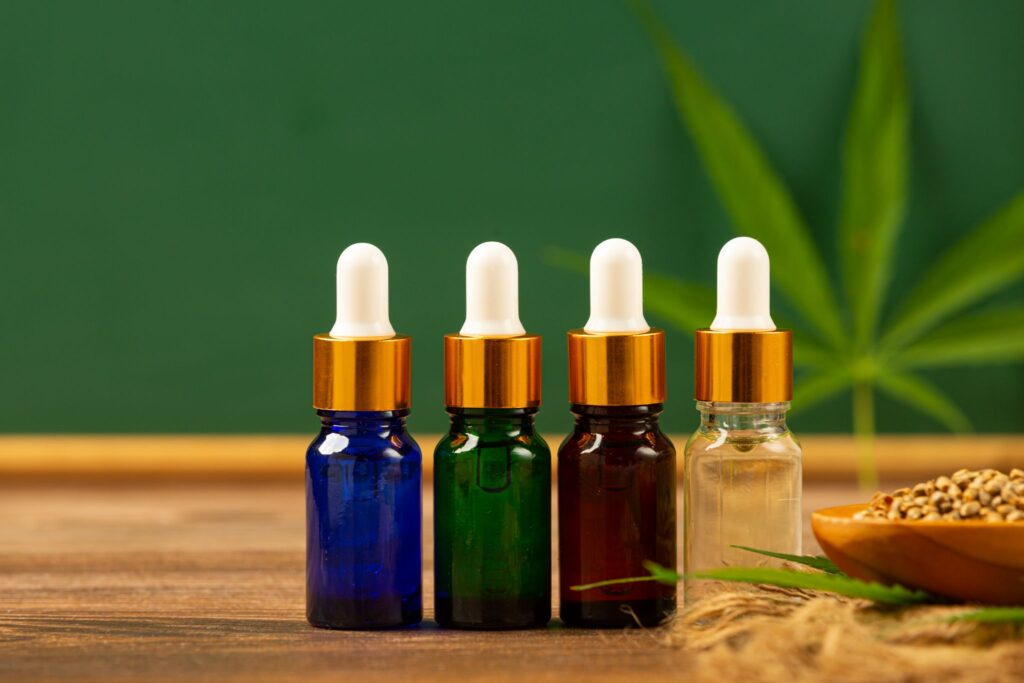
CBD tinctures come in various spectrums, primarily full-spectrum, broad-spectrum, and CBD isolate. Full-spectrum tinctures encompass the whole range of cannabinoids, including tetrahydrocannabinol, offering a rich, holistic experience due to the entourage effect. Broad-spectrum tinctures contain multiple cannabinoids but are devoid of THC, catering to individuals who seek a THC-free experience while benefiting from the synergy of other cannabinoids. Lastly, cannabidiol isolates are the purest form of CBD, without any other cannabinoids, ideal for those who prefer cannabidiol in its unadulterated form. Deducing the difference between these tinctures enables consumers to choose a product that aligns with their preferences, health goals, and any potential restrictions they may have, ensuring a harmonious interaction with the compound.
Reading Product Labels
Deciphering CBD tincture labels is crucial for understanding THC content and ensuring informed and safe consumption. It’s essential to scrutinize labels for the type of CBD—full-spectrum, broad-spectrum, or isolate—as well as the tetrahydrocannabinol concentration, typically represented in milligrams (mg). Labels might include terms like “hemp extract,” “pure CBD,” or “cannabinoid-rich,” each indicating different concentrations and purity levels of cannabidiol and possibly THC.
Legal Considerations
Navigating the intricate legal landscape of CBD and THC is essential for conscientious consumption. At the federal level, the cultivation of hemp and the production of hemp-derived products, including cannabidiol, are legal under the Agriculture Improvement Act of 2018, as long as they contain less than 0.3% tetrahydrocannabinol. However, the legal status of THC varies significantly among states, with some allowing recreational use, others permitting only medical use, and a few maintaining a complete prohibition.
Drug Testing Concerns
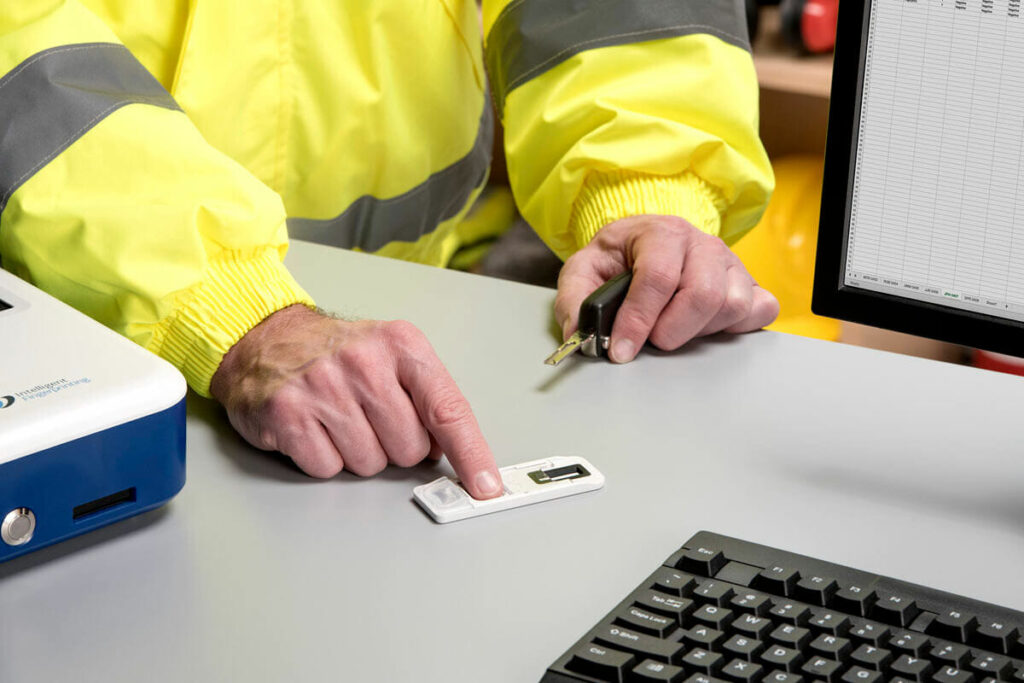
The presence of THC in CBD tinctures can potentially result in positive drug tests, a considerable concern for many. Most drug tests are designed to detect metabolites of tetrahydrocannabinol, which may be present in trace amounts in full-spectrum CBD products. The threshold levels for THC in drug tests can vary, making even minimal levels detectable. Therefore, consumers subject to drug testing should exercise caution, opting for broad-spectrum or isolated CBD products to mitigate the risk of testing positive.
Reducing THC in Tinctures
Several methodologies exist for reducing THC content in cannabidiol tinctures, allowing consumers to tailor their experiences. Technologies like chromatography facilitate the removal of tetrahydrocannabinol, rendering products non-psychoactive while preserving other beneficial cannabinoids. However, the removal process might alter the product’s overall cannabinoid profile and diminish the entourage effect, impacting the tincture’s therapeutic efficacy. Several reputable brands offer low-THC or THC-free options, addressing consumer needs for non-psychoactive products.
Finding the Right Balance
Achieving the optimal balance between tetrahydrocannabinol and CBD in tinctures is a personalized journey, contingent on individual health objectives, physiological responses, and preferences. Various factors, including individual metabolism, health conditions, and desired effects influence the ideal THC-CBD ratio. Expert recommendations and personalized experimentation are instrumental in discovering the perfect equilibrium that amplifies therapeutic benefits and aligns with individual comfort levels.
Potential Benefits of THC in CBD Tinctures
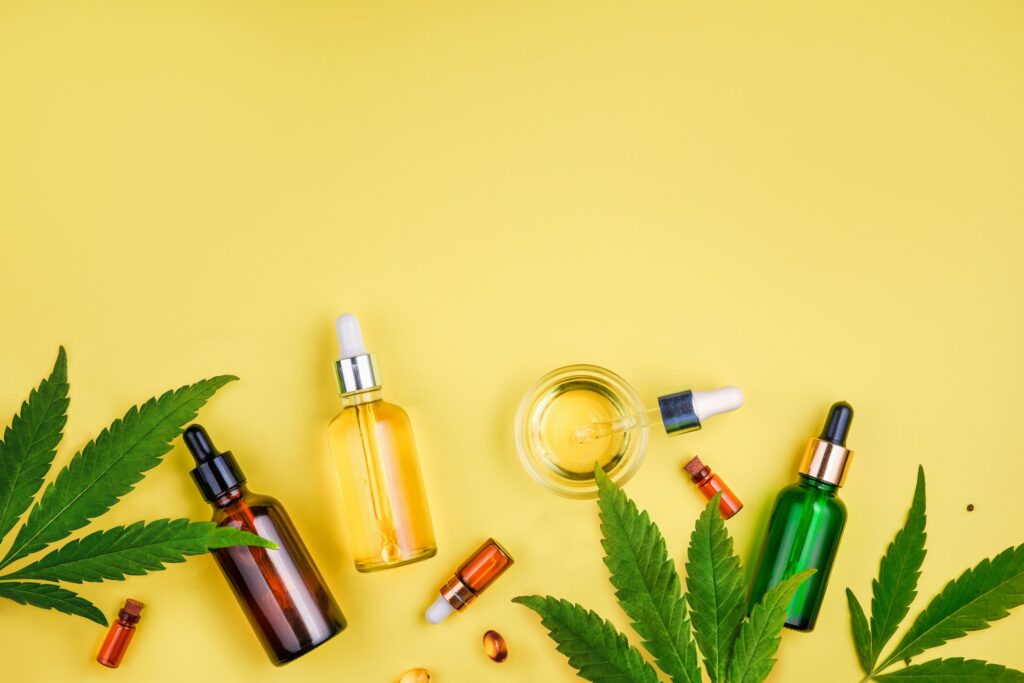
While THC is predominantly known for its psychoactive properties, it also possesses potential therapeutic benefits. When present in trace amounts, tetrahydrocannabinol can augment the efficacy of CBD through the entourage effect, enhancing the interaction between cannabinoids and the body’s endocannabinoid system. This synergistic interaction can be beneficial in addressing conditions like pain, inflammation, and anxiety, offering a holistic approach to wellness.
Conclusion and Final Thoughts
Understanding THC in CBD tinctures is imperative for making informed, safe, and compliant choices. The myriad of considerations, including product types, legal implications, and individual preferences, necessitates a comprehensive and nuanced approach. Whether it is scrutinizing labels, navigating legal frameworks, or finding the ideal balance between tetrahydrocannabinol and CBD, being informed is key.

